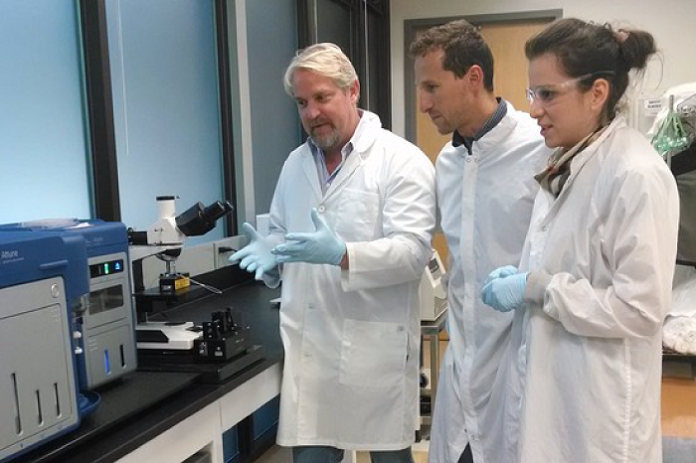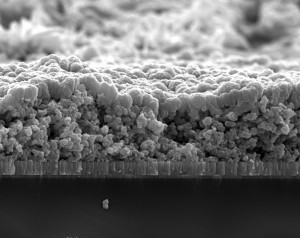Just when you thought the technology companies had come up with a gadget for everything, think again!
According to BBC News, Google, the world’s leading search engine and information superpower has started developing a wristband that can detect blood disease and even cancers.
In 2014, there will be an estimated 1.6+ million new cases of cancer diagnoses and over 500,000 deaths. Cancer accounts for 1 of every 4 deaths in the United States. Prevention and early detection is key to diagnosis and treatment. It has been proven in many studies that early detection can result in less extensive treatment and better outcomes overall. The American Cancer Society Facts & Figures states that “screening is known to reduce mortality for cancers of the breast, colon, rectum, cervix, and lung,” and allows for removal of pre-cancerous lesions as well.
Now, this pre-screening and early detection could be as easy as taking a pill and wearing a wristband.
How Is This Possible You Ask?
Andrew Conrad, Google’s head of life sciences, revealed a wearable device coupled with nanotechnology to detect disease within the body at the Wall Street Journal Digital conference this October that showed just how this could be possible in the near future. The team at Google has a plan for three important health initiatives which include smart contact lenses to detect glucose levels for diabetics, as well as utensils for patients with Parkinson’s to help them manage hand tremors.
The Google health team is working to develop nanoparticles that bind to dangerous cells or molecules (cancer cells, plaques in blood, etc.). These nanoparticles would be housed within the pill that a person ingests and then travels throughout the body, looking for various signs of disease. Then, those nanoparticles would be attracted to the magnetic wristband worn by the participant; allowing the device to interpret results and information.
“Just by putting a magnet there (on the wrist), you can trap them, and you can ask them what they saw,” Conrad reported to the Wall Street Journal, “Every test you ever go to the doctor for will be done through this system.”
This method has been in medical research labs for years, and is still in its infancy with many more tests and research to be done. Both Google and Conrad make it very clear that they do not have any intentions to commercialize this product and instead would be a prescription medical device only. Google would not be involved in the patient-physician relationship either; those are privileged relationships and would remain that way.
Amazing, Yet Some Bugs Still Need Worked Out
A few obstacles Google must overcome are the possibilities of false-positives from the system as well as false diagnosis resulting in unnecessary treatments. Hypochondriac behavior and anxiety are also consequences from these types of screenings that would prove adverse to the potential gains. Many diseases also have tests that can register positive for a variety of reasons unrelated to an actual disease. These issues can cause major problems for the nanotechnology and need to be highly researched before they would be safe for human use.
This new technology is extremely intriguing, and could lead to positive outcomes for pre-screening results and disease detection. Let’s hope the wait is not long in order to see the potential of these medical innovations from Google, and that this method will be helpful to many in the near future!









